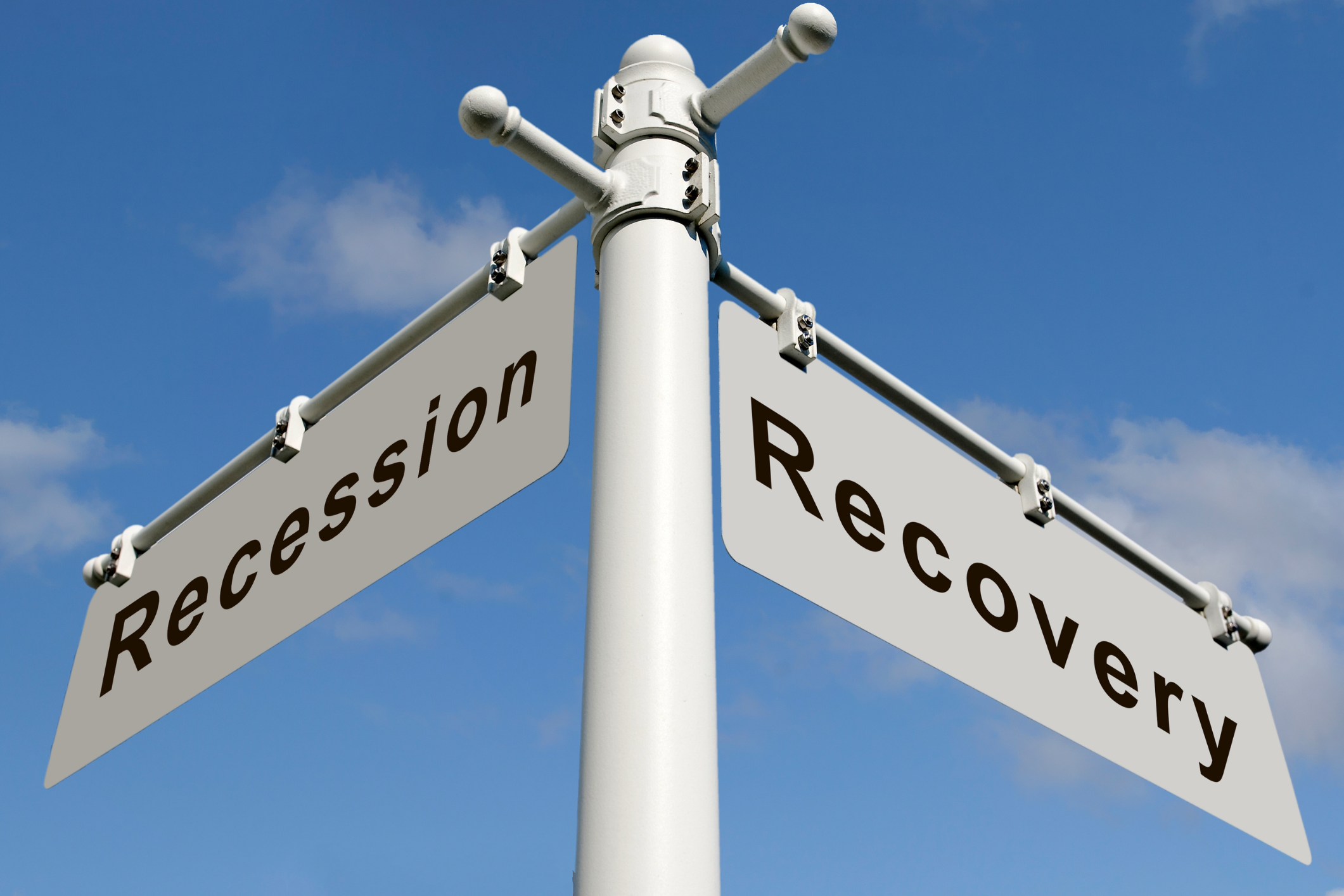By Michael L. Lahr, Rutgers Economic Advisory Service (R/ECON™)
As detailed in our previous blog, there are several factors at play in the U.S. economy which may influence the likelihood of a recession. We discussed the Federal Reserve’s decision in September to increase the federal fund rate from 3.0% to 3.25%, and the changes to the labor market, including wage rates. In addition, it may well be that a swift drop in product demand encouraged by the fed fund interest rises could alleviate pressure in product markets and, hence, prices. That is, the tightened monetary policy could lower spending, and restrain inflation somewhat. Further, even though wage growth is not a prime driver of inflation now, it appears to be on the brink of becoming one. And it could well be a prime feature in the near future if inflation expectations rule since they are also contractually embedded in many wage and pension rises.[1] Recent research suggests, however, that the unemployment rate would have to rise somewhat above the Fed’s assumed 4.1% rate for inflation to subside substantially.[2]
This last piece of news is worrisome because it brings on thoughts of recession. Present talk about recession has centered on two quarters of slowed GDP growth. And while inflation and slow GDP growth are certainly concerns, they need not foretell a recession. The National Bureau of Economic Research, a committee of academic and practicing economists and official recession proctor, typically tracks a variety of measures such as real personal income (not including government transfers), employment, real consumer spending, and GDP growth to identify the score. Note inflation is not one of them, at least not directly. Further, among the measures, note that only GDP growth has less-than-solid dynamics at present, and it is perhaps the least immediately critical among them since it is largely estimated. That is, it has a tendency to be revised over the next few quarters as more evidence rolls into the Internal Revenue Service. Presently, most economists believe the two slow quarters of GDP will be substantially upwardly revised, based on other indicators of economic performance.
Recall that inflation talk was in the air as early as the end of 2020. It was anticipated from the enormous debt approved by Congress in the form of pandemic recovery funds. Those funds have enabled our nation to pass through, seemingly unscathed, what otherwise would have been a fairly deep recession. It boosted consumer spending at a minimum and certainly kept many businesses afloat by covering salaries and rents. But now it’s time to pay down that loan and the annual interest on the funds our nation has secured are becoming substantial, enough to cause inflation to rise by 0.2-0.3% annually above the Fed’s target of 2%.
Interestingly, compared to pandemic recovery funding, the Inflation Reduction Act will likely have a modest impact on inflation at best. It’s designed to dampen costs in the long run. And between it and the infrastructure spending bill, the productivity efficiencies and energy security generated via government spending should compensate for any compounded interest in added debt they create over the next ten years or so.
A drop in employment, inflation, together with a relatively strong U.S. dollar together can easily induce a recession, however. The strong dollar effectively raises prices of exported American goods and producer services. Higher perceived prices by our trade partners will depress overseas demand for American goods, just as we are purposely dampening our own demand by escalating the fed funds rate. More importantly, however, the dollar plays an outsized international role relative to our nation’s share of trade or even of its global GDP. It comprised about 60% of globally disclosed official foreign reserves in 2021.[3] Most of these official dollar reserves are held in the form of U.S. Treasury securities.
Moreover, because the dollar is so vital and effective, many countries limit movements of their currencies with respect to the U.S. dollar; in other words, the dollar is their anchor currency. From 1999 to 2019, the dollar accounted for 96 percent of trade invoicing in the Americas, 74 percent in the Asia-Pacific region, and 79 percent in the rest of the world.[4] This means that when the Fed raises its funds rates, it is not just affecting loan issuance (and, hence, spending) here in the U.S., it is doing so worldwide, although perhaps less so in the Eurozone and Japan. In any case, the basic message is that Fed measures also affect the world in a similar fashion, particularly developing and transitioning nations, those in the Americas, Africa, and southern and eastern Asia, including China. If we enter a recession, we will not be alone.
The dollar is strong, and inflation is likely to take a while to dissipate, despite the Fed’s actions. Let’s keep our fingers crossed that the dollar’s strength, and the cooling of consumer spending do not force employers to cut jobs at rapid rates. Some Debbie Downers have suggested that the Fed has done too little too late. Let’s hope that’s just a forecast for rain, and that we get sunshine!
References
[1] Glick, Reuven, Sylvain Leduc, & Mollie Pepper. (2022). “Will Workers Demand Cost-of-Living Adjustments?.” FRBSF Economic Letter, 21, 1-6, August 8.
[2] Ball, Lawrence Daniel Leigh, & Prachi Mishra. (2022). “Understanding U.S. Inflation During the COVID Era,” Brookings Paper on Economic Activity, BPEA Conference Drafts, September 8-9. Available online in September 2022 at https://www.brookings.edu/wp-content/uploads/2022/09/Ball-et-al-Conference-Draft-BPEA-FA22.pdf.
[3] IMF World Economic Outlook database available online in September 2022 at https://www.imf.org/en/Publications/WEO/weo-database/2022/April.
[4] Boz, Emine, Camila Casas, Georgios Georgiadis, Gita Gopinath, Helena Le Mezo Arnaud Mehl, & Tra Nguyen. (2022). “Patterns in Invoicing Currency in Global Trade: New Evidence,” Journal of International Economics, 136, https://doi.org/10.1016/j.jinteco.2022.103604.

